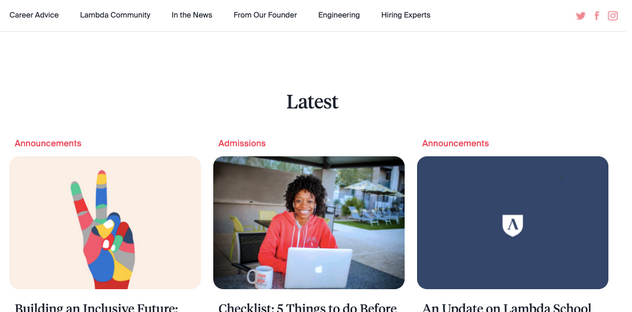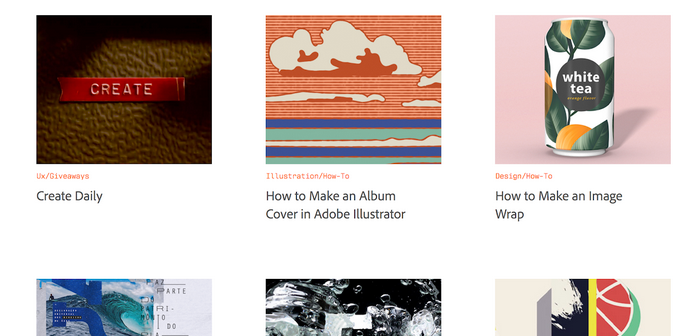In the dynamic landscape of the internet, where content reigns supreme, an effective blog layout plays a pivotal role in capturing and retaining the attention of readers. A well-designed blog layout not only enhances visual appeal but also contributes to a seamless user experience. In this article, we’ll delve into the essentials of crafting an engaging blog layout. Hence, it focuses on user-friendly design principles, strategic use of space, and the importance of a captivating visual hierarchy.

Introduction
Blogs have become an integral part of online communication, serving as platforms for individuals and businesses to share insights, stories, and expertise. The design of a blog significantly influences how readers interact with its content. Let’s explore the key elements that make a blog layout effective and reader-friendly.
Clear and Concise Headings
The journey into an engaging blog layout begins with clear and concise headings. Headings act as signposts, guiding readers through the content. Ensure that each heading reflects the essence of the section it introduces, making it easy for readers to navigate and find relevant information.
Strategic Use of White Space
White space, often referred to as negative space, is a powerful design element that contributes to readability and aesthetics. Avoid clutter by strategically incorporating white space around text, images, and other elements. Hence, this enhances focus, making the reading experience more enjoyable.
Engaging Visuals
Incorporating relevant and high-quality visuals is crucial for capturing attention. Whether it’s images, infographics, or videos, visuals break the monotony of text and make the content more shareable. Ensure that visuals align with the blog’s theme and maintain a consistent style throughout.
User-Friendly Navigation
An effective blog layout prioritizes user-friendly navigation. Readers should easily find categories, archives, and other relevant sections. Implement a logical menu structure and consider incorporating a search bar for quick access to specific topics. A well-organized navigation system encourages users to explore more content.
Readable Font Choices
Moreover, the choice of fonts directly impacts readability. Opt for clean, legible fonts for both headings and body text. Ensure that the font size is comfortable for reading, allowing users to absorb the content without straining their eyes. Consistency in font choices maintains a cohesive design.
Mobile Responsiveness
With a significant portion of internet users accessing content on mobile devices, ensuring mobile responsiveness is non-negotiable. A responsive blog layout adapts seamlessly to various screen sizes. Hence, providing an optimal viewing experience on smartphones and tablets.
Captivating Call-to-Action (CTA)
Additionally, a well-designed blog layout strategically places captivating calls to action. Whether it’s encouraging readers to subscribe, share, or explore related content, CTAs guide users toward desired actions. Use contrasting colours and compelling language to make CTAs stand out.
Consistent Branding Elements
Furthermore, maintaining consistent branding elements reinforces the blog’s identity. From the logo to colour schemes and typography, cohesive branding creates a memorable experience for readers. Hence, consistency builds trust and strengthens the blog’s overall visual appeal.
Conclusion
Designing an effective blog layout is a harmonious blend of aesthetics and functionality. By incorporating clear headings, white space, engaging visuals, user-friendly navigation, readable fonts, mobile responsiveness, compelling CTAs, and consistent branding, bloggers can create an immersive experience for their audience. A well-crafted blog not only makes content more accessible but also encourages readers to return for more.
In conclusion, as the digital landscape continues to evolve, mastering the art of designing an effective layout remains a valuable skill for bloggers and content creators alike. Embrace these principles, experiment with creative ideas, and tailor your blog layout to cater to the preferences of your target audience. After all, a captivating blog layout is not just a canvas for words; it’s an invitation to an enriching online journey.

